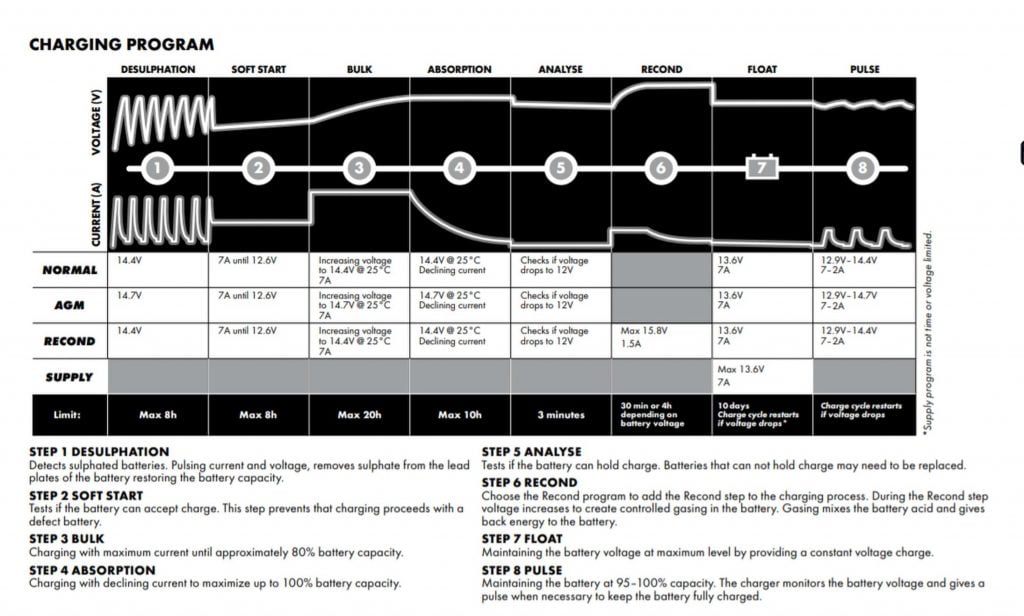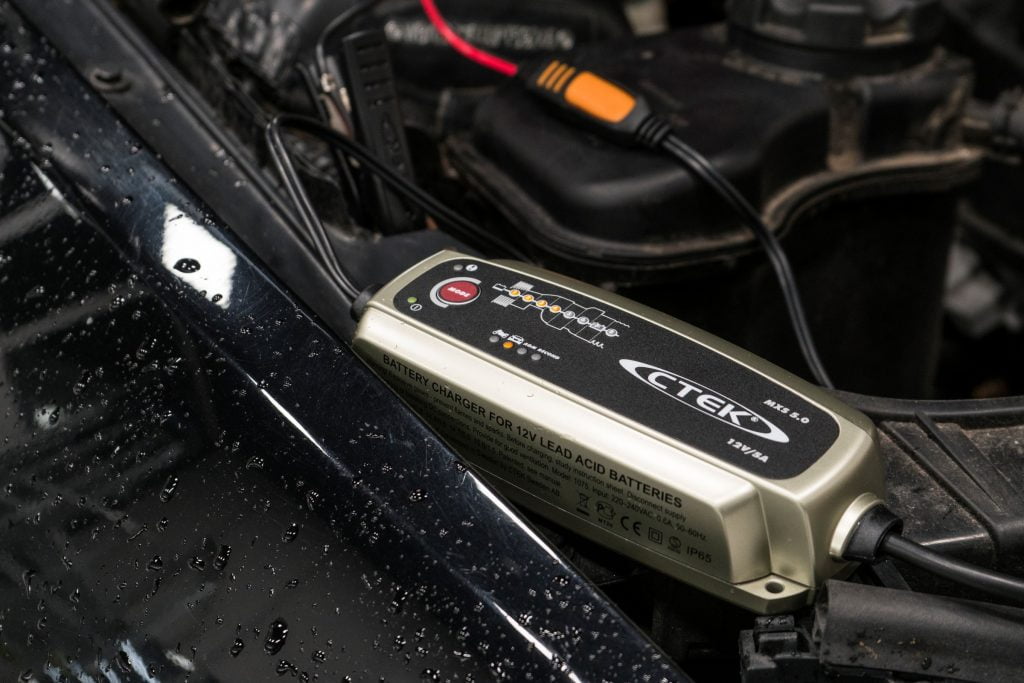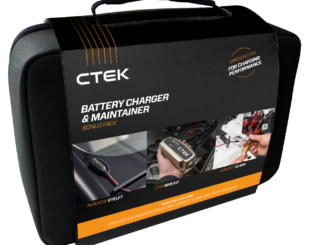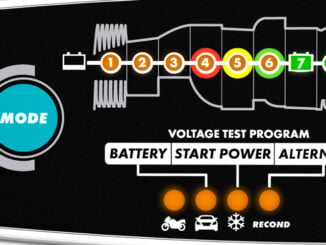A flat car battery can be annoying but it can be avoided. Today’s vehicles are packed with power hungry technology and, if you couple this with a change to driving habits post-COVID, a flat battery is becoming more common than you might think.
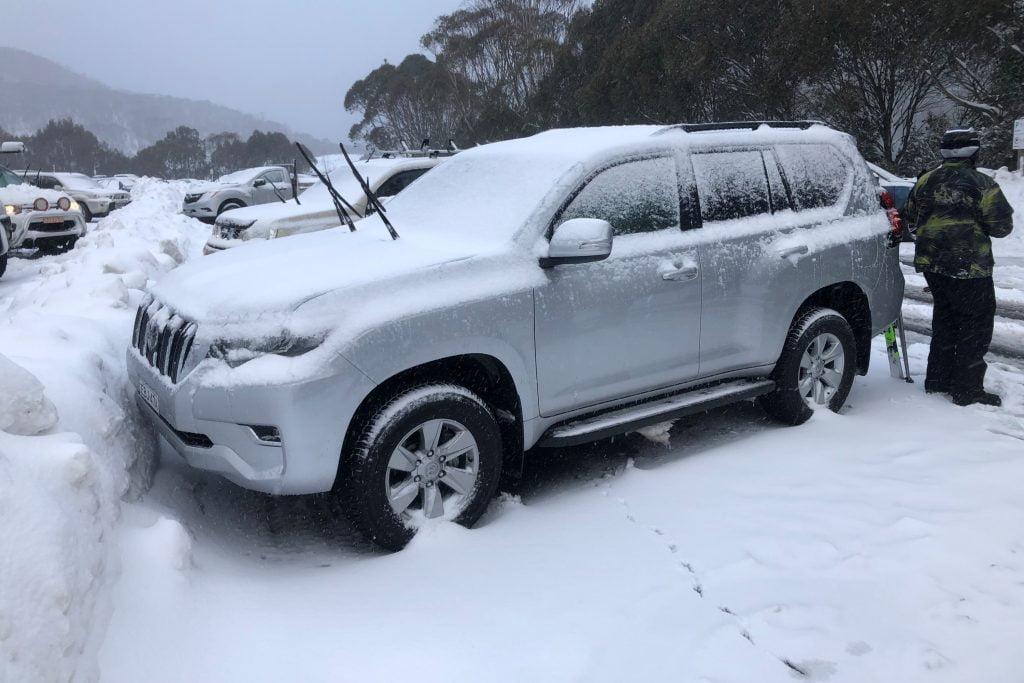 Here CTEK, the leading global brand in vehicle charging solutions, lists the Top 10 things that could be draining and/or affecting the performance of your vehicle battery.
Here CTEK, the leading global brand in vehicle charging solutions, lists the Top 10 things that could be draining and/or affecting the performance of your vehicle battery.
1. YOU’RE TAKING TOO MANY SHORT DRIVES
Nipping out on lots of short journeys, particularly in urban areas, also drains the battery, as it takes 150-350A of battery power just to start the car, and on short trips the alternator won’t have the time or capability to replace this charge. Over several short trips, your battery will soon be flat.
2. COLD WEATHER
A battery can lose as much as 35% in performance when temperatures hit freezing, and up to 50% if temperatures sink below that. Drivers should look out for any signs of change – like the way the car starts, or the operation of the electrical system in general – as these can be indications of a weak battery.
3. LEAVING YOUR KEY CLOSE TO YOUR CAR
Leaving your car key in your car overnight or even on a hook near the car is not recommended. If the fob is too close to your car, it can continue to communicate with it, which could needlessly drain the battery.
4. SELF DISCHARGE
Your standard lead-acid battery will naturally drain at 0.1V per month – even sitting on a shelf. That may not sound a lot, but if we consider that a fully charged battery is at 12.72V and a chemically discharged battery, at which point you’d struggle to start the car, is at 11.8V, in just eight months of non-use, the battery could appear flat. That is without considering any additional drains that may also impact battery life, too.
5. CONTINUAL POWER DRAW, WHEN PARKED
Even while your car is off, your battery provides power to things like the clock, the radio, and the alarm system, although these things shouldn’t have a major impact on your battery. With modern vehicles, though, you’ll also find that engine cooling fans and other systems will keep running after the ignition is turned off to, for example, quickly cool down the engine and prevent damage.
The vehicle may run its own network with communication to the manufacturer servers via the TCU (Telematics Control Unit) – over-the-air updates that are sent out on a regular basis usually impact the drivetrain and infotainment system. The ability to remotely turn on lights, heater etc, from your phone via an app, can also go through this network.
6. OPENING THE DOORS / BOOT
Every time you open the doors or boot to get something out, your car springs into life and the interior and door lights will drain the battery. As an example, unlocking your vehicle, popping the boot or tailgate and locking it again can draw around 50A from the battery. It doesn’t seem a lot, but regularly doing this can have an impact on battery voltage, especially as all the vehicle’s systems become active for the short time that the car is opened up.
7. PARASITIC DRAIN
Parasitic battery drain is something that constantly drains your battery. This could be a headlight/dome-light switch, alternator, or any other electrical gremlins. You can help avoid parasitic drains by turning off every light and making sure your boot, glove box and doors are fully closed and locked before leaving the car.
8. ALTERNATOR FAULT
Your car relies on your battery when you fire up the engine. But when your vehicle is running, your battery relies on the alternator to help it stay charged. If your alternator isn’t working correctly, it won’t charge your battery properly, which can make it hard to start your car, even if you were just driving!
9. SULPHATION
If your battery falls below 12.4V, a chemical reaction called sulphation will start to happen. This is where lead sulphate crystals start to build up on the battery plates, degrading the battery, reducing battery capacity and cranking potential. Your vehicle will easily start if the battery is at 12.4V but beware, your battery is already dying.
10. YOUR BATTERY NEEDS REPLACING
Nothing lasts forever, including your car’s battery. In many cases it depends on where you live, how you drive and how you look after your battery – although did you know that over 87% of batteries returned under warranty are not faulty, they are suffering from sulphation. Extreme temperatures, frequent short trips, and general everyday use could shorten the life of your battery to as little as two to three years if you don’t look after your battery.
SO LOOK AFTER YOUR BATTERY
Charging your car battery at least once a month prolongs its life by up to three times, so buying a reliable battery charger, and getting yourself into a regular battery maintenance routine, makes perfect sense, year-round. And, as battery failure can damage or compromise a vehicle’s electronics, a charger is most certainly a worthwhile investment.
Investing in a charger like the MXS 5.0 from CTEK, with built-in functionality for both maintenance and troubleshooting, is the smart choice for drivers. With the MXS 5.0’s patented technology, you can also recondition your battery and remove sulphation to restore battery health.
For more information on the MXS 5.0, visit www.ctek.com

